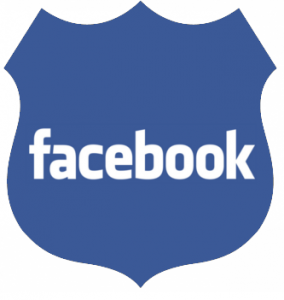 Over the course of the past several years, police officers across the country have slowly and very quietly been increasing their use of various forms of social media such as Facebook in the course of their daily fight against crime. Through the use of social media and a range of network analysis tools and databases, police officers at all levels can now track gang activity and help to reduce crime in their neighborhoods.
Over the course of the past several years, police officers across the country have slowly and very quietly been increasing their use of various forms of social media such as Facebook in the course of their daily fight against crime. Through the use of social media and a range of network analysis tools and databases, police officers at all levels can now track gang activity and help to reduce crime in their neighborhoods.
Gangs of Brooklyn
A perfect example of this use of social media to break up gang activity occurred in Brooklyn, NY in 2012. Officer Michael Rodrigues began to add gang members to his Facebook friends list. These guys were members of the Brower Boys burglary gang. When one of the members of the gang posted, “It’s break-in day on the avenue” as his status message, Officer Rodrigues and his fellow officers were ready to move in. They tracked the gang to the specific avenue in question, photographed them in the act of committing the crime, and then arrested them.
This type of identify, follow, and arrest of gang members is becoming more common as police officers step up their activities monitoring gang members on Facebook, Instagram, and Twitter continues to increases. The average citizen might be amazed at just how much information and in how much detail this information is posted on social media.
A Slow Start
The concept of using social media in fighting crime began almost by accident as an officer happened to notice he could see status updates for many of the local kids when he was on his own account. It didn’t take long for officers and prosecutors to realize they could not only track behaviors but that they could also see what was going on and who might have witnessed certain events via the photographs many people were posting. Much of the information that was being posted for just about anyone to see could be pertinent to an ongoing investigation.
Today the use of social media as a way to keep tabs on at-risk teens and gang members has become widespread with many officers learning how to make use of the various forms of social media by themselves. According to one officer, “My biggest use for social media has been to locate and identify criminals,” another was quoted as saying, “Facebook has helped me by identifying suspects that were friends or associates of other suspects in a crime and all brought in and interviewed and later convicted of theft and drug offenses.”
Not Always the Right Answer
While using social media and the countless millions of daily posts has proven to be an effective tool in helping police officers to monitor and track criminal activity, it is not always the right answer. For example, Facebook uses a like button as a way for someone to express their “like” for a post. This is the typical use for the button, but in clicking this button a teen may be seen to be expressing a positive sentiment to a criminal activity simply to avoid being targeted by gang members even though he feels completely the opposite way. Yet doing so raises a red flag that could put him under police scrutiny and potential harassment even though he is not, nor will he ever be a participating member of any gang.
While social media can be a very useful tool in helping police officers across the country and around the world fight crime, any use of this highly public form of communication must be done with all due consideration to the accuracy of the information contained in posts and the person who is doing the posting.
